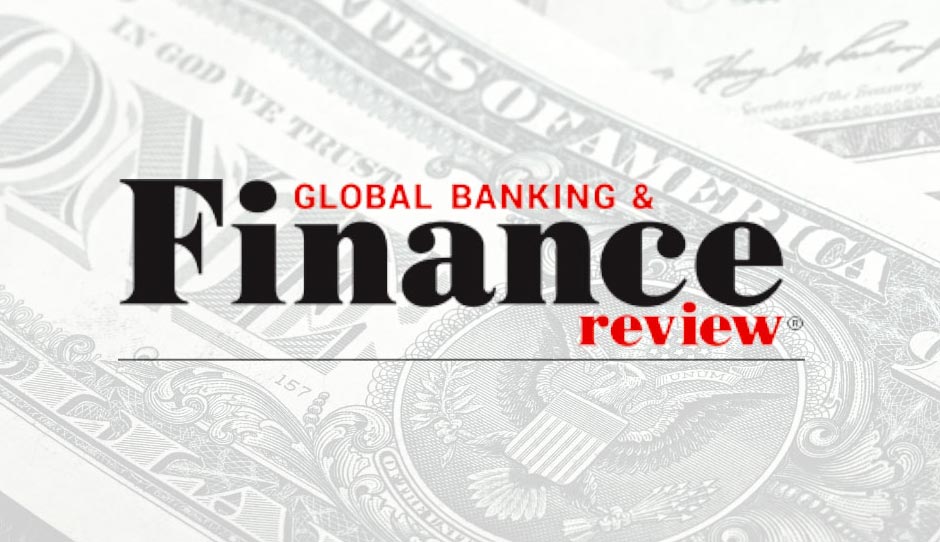Trading
The Significance of PAMM or ForexCopy Accounts in forex trading

PAMM or Percentage Allocation Management Module is a software application used by the forex brokers to enable the forex investors to direct their assets/money to a specific trader capable of managing one or more accounts. In other words, a PAMM account allows the fund/account managers to manage multiple accounts by collating all into a single account.
By opening a PAMM account the forex investor can actually increase the potential profitability ratio. Here, the skilled PAMM fund manager also shares the investor’s PAMM account and is responsible for the efficient trading on the PAMM account. A PAMM account offers a platform where both the profits and losses can be shared in proportion.
With the use PAMM account, the account manager can also manage his personal forex account (which is known as Managed Account) and connect it to the investor’s account. And hence the profits and losses on both the accounts are distributed proportionally.
How to choose a PAMM account before opening it?
An investor should keep certain points in mind and analyze the different options thoroughly before opening a PAMM account while investing in forex:
- Account opening date: This enables the investor to evaluate the stability and growth of the related fund within the estimated time period starting from the day when the PAMM account has been opened.
- Profit analysis: Any investor delves into the forex market with an ulterior motive of making profit during his investment journey. And thus it is important for the investor to identify the profit graph (even though it is temperamental).
- If the investing amount and account currency is minimal as set by PAMM manager.
- Determining PAMM manager’s commission.
- Trading pattern and aggressiveness: This factor is essential to determine the number of trades or deals an investor may get involved in on a daily basis. It goes hand-in-hand with the deposit amount as and when investor opens a forex PAMM account.
- Deposit amount transferred to the PAMM account: This factor determines the amount of risk involved in trading.
- As the forex market and the permutations-combinations involved in forex trading generates profits and losses as an outcome, investors also experience an emotional breakdown when they incur losses. Hence, how soon the investor can recover from this emotional damage is important in determining the indulgence quotient of the investor.
- Finding out the appropriate PAMM manager, if the investor can gather information on the total equity generated by the manager in the previous trading attempts.
- Determining the type of investment: Generally there are two types of investment patterns observed- either short-term investment (or scalping investment) or long-term investment. The PAMM manager can help the investor ascertain the type of investment he can choose on the basis of the strategies applied and the manager’s trading techniques.
- Investors need to be aware of traders who indulge in data manipulations to attract investors and make money.

-
Top Stories3 days ago
Dollar jumps, yen weakest since 1990 after strong U.S. retail sales
-
Top Stories4 days ago
Recruiter PageGroup’s quarterly profit slumps 13% as hiring remains subdued
-
Top Stories4 days ago
UK fintechs ask government for help to ease capital shortages
-
Top Stories4 days ago
BNP Paribas to become top investor in Belgian insurer Ageas







